NASA tests rocket engine on the Moon
NASA's SLS "super rocket" core part has been removed from its New Orleans plant to a test site in Mississippi, in preparation for its first mission later this year.
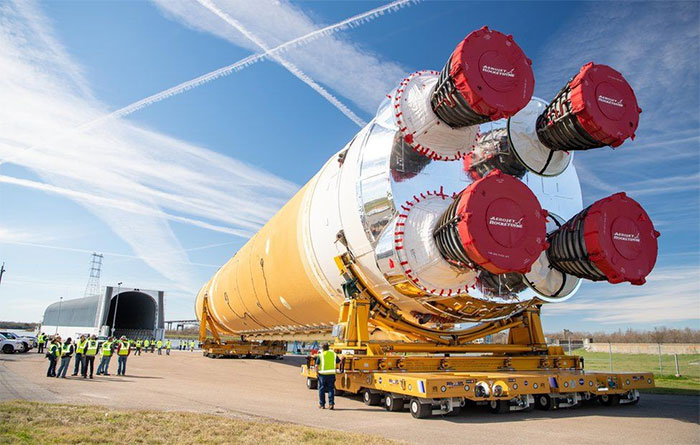
The Space Launch System (SLS) is an important part of NASA's Artemis program, with the goal of bringing Americans back to the Moon by 2024. It is expected to be launched into space for the first time later this year or early 2021.
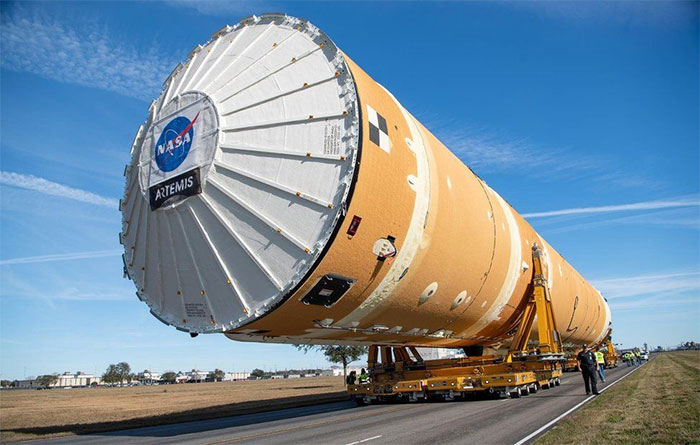
The Artemis program was started in 2010, but has experienced many delays due to the costing team amid a increasingly tight budget for NASA.Many people believe that to carry out long-term missions, NASA should hire the propulsion of private companies (such as SpaceX or Blue Origin) but there are also supporters of NASA's development of a propulsion system of its own. yourself, to avoid being dependent.
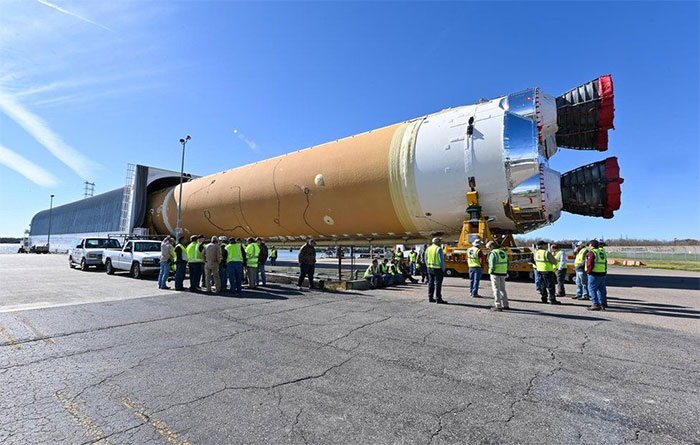
The core of phase 1 is at the heart of the new missile, and will undergo comprehensive testing at the Stennis Space Center in Mississippi.The rocket is 30 stories taller than the building and is leased by Boeing to NASA under a contract between the two parties.
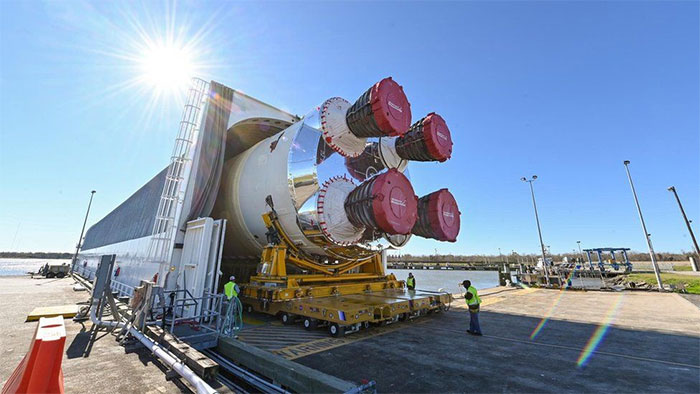
Acting deputy director of NASA, Jim Morhard, was present at the first phase core transportation from the Michoud plant in New Orleans, and transported it by Pegasus barge to the Stennis center in Mississippi.
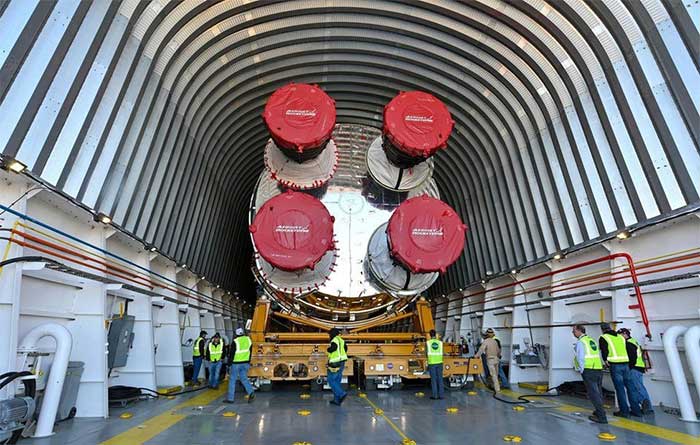
The first stage core contains two fuel tanks - one containing liquid oxygen and the other containing liquid hydrogen.Both tanks have a total capacity of 2.7 million liters and will provide mixed fuel for the engine.SLS is designed to reuse old technology, which was developed for the space shuttle program (1981-2011).

The B-2 test site at the Stennis space center will be the site of the SLS propulsion test run. The test run, called Green Run , will be the first time core systems have been operated together.This will see four powerful RS-25 engines operating for about 8 minutes at different levels, based on the levels of thrust needed during launch.

Graphic images of NASA simulating the process of propulsion SLS separated from Orion spacecraft during the moon.Boeing experts say the success of the SLS will help NASA not have to develop additional propulsion systems within the next 30 years.

Meanwhile, NASA and its partners have also completed the installation of the Orion spacecraft for the first mission in the Artemis program.It is undergoing final testing at Plum Brook Camp in Ohio.The first mission will include Orion going around the Moon to check the hardware, and not carrying astronauts.
- Humans can go to space with the most powerful rocket in history
- How powerful is the rocket boost system of NASA
- A SpaceX rocket engine exploded during testing
- NASA has successfully tested the most powerful rocket on the planet
- 66-year-old astronaut's plasma rocket - NASA bet on upcoming fruit picking (Part 1)
- NASA successfully launched the new moon rocket
- NASA successfully tested the world's most powerful rocket
- 66-year-old astronaut's plasma rocket - NASA bet on upcoming fruit picking (Part 2)
- What happens inside the rocket when taking off?
- Rocket hybrid engines are 25 times faster than sound
- Why is the rocket engine still burning out of space even without oxygen?
- Nasa: The 'bombing' Moon successfully
- NASA 'moon' twins
- EmDrive: The engine doesn't need fuel, goes to the Moon for only 4 hours?
 Van Allen's belt and evidence that the Apollo 11 mission to the Moon was myth
Van Allen's belt and evidence that the Apollo 11 mission to the Moon was myth The levels of civilization in the universe (Kardashev scale)
The levels of civilization in the universe (Kardashev scale) Today Mars, the sun and the Earth are aligned
Today Mars, the sun and the Earth are aligned The Amazon owner announced a secret plan to build a space base for thousands of people
The Amazon owner announced a secret plan to build a space base for thousands of people